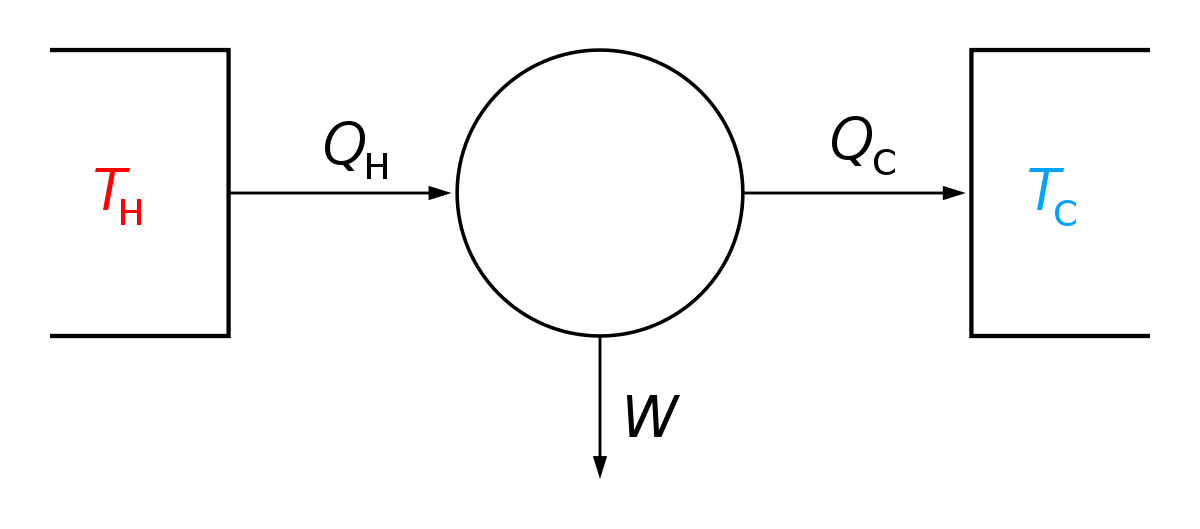Wuwei
Gold Member
- Apr 18, 2015
- 5,342
- 1,178
- 255
consciousness precedes real time
scruffy the troll trapper.I'm sort of hijacking this thread to bring it back to the OP. I have been interested in consciousness as a sideline to ANN. I would have titled the OP as Ersatz consciousness precedes real time, but I'm just being a nitpicker. Have you studied blind sight? I think the late Oliver Sacks had a few cases in his famous book. It seems that there is a loss of connection between the visual cortex and whatever produces consciousness. The patient is encouraged to guess what he sees. One patient was especially good at it. He went back to work as a CEO guessing his way through life. A strong pitcher can toss the ball to the batter in 400 mS that requires a strong ability of preceding consiousness.
Here are a few other misc. observations.
I read somewhere that the Hopfield net can be thought of as a set of matched filters, where the filter with the largest output is the winner. That is still consistent with the idea of an associative memory. In image processing the various filters are trained with small image fragment exemplars. In pattern recognition, it is used to clean up noisy images, the Hopfield net can be used as a pre-filter where the winning pixel area is replaced by the exemplar.
I also used translation invariant sparse ANNs for looking at the surface of IC chips to find their angle and location for die bonding. They had to be trained in the field by an unskilled operator within a few seconds. During a manufacturing run they were able to detect the angle and location in 10 to 20 mS. The systems used a three layer network, and were sort of modeled after an extremely lobotomized version of Hubel and Wiesel's work. We sold thousands of systems.
That was done in the 90's when the sophistication was far more primitive. I have no idea what industrial computer vision is today.
